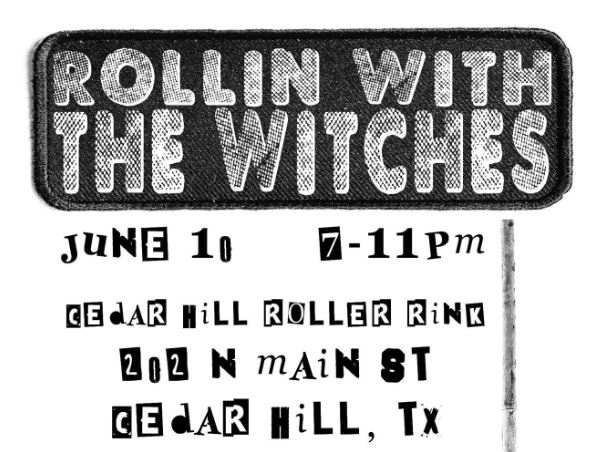
Taken together, this enormous amount of scholarship has brought out the diversity in patterns of witch prosecutions: in eastern Europe and Iceland, men outnumbered women among those accused in southern Europe, where the Spanish and papal Inquisitions tried witchcraft cases, almost no one was executed in Scandinavia, sex with the devil was rarely mentioned and the Malleus Maleficarum was largely unknown. I have not read this book so cannot give my my own review or total opinion on the subject, but i have always thought these horrid events were perhaps more complex, or maybe less complex, than many of the early writers conjectured.In the more than thirty years since the publication of Erik Midelfort's Witchhunting in Southwestern Germany 1562–1684 (1972), the scholarly study of early modern witchcraft has been a booming business, with hundreds of articles and scores of books. This of course is a controversial subject both within the witchcraft community and within medieval historical research, and this is one view.

But new scholarship, like Lyndal Roper’s “Witch Craze”, reveals that the real villains were the neighbors” “For years, feminist scholars have argued that witch hunts were inspired by a reactionary, misogynistic church.

To quote from the first lines from the article:


One of the links in Sarah’s most recent post is from an older article at the Salon website entitled Who Burned the Witches? which is an analysis by Laura Miller of Lyndal Roper’s book “Witch Craze”. Her posts are similar to The Wild Hunt’s “Unleash the Hounds – Links Roundup” where you can catch up on other news you may not have seen at the blogs you follow. I currently subscribe to a blog called Invocatioat which Sarah Veale does a weekly post of a variety of links on various religious and magickal subjects.


 0 kommentar(er)
0 kommentar(er)
